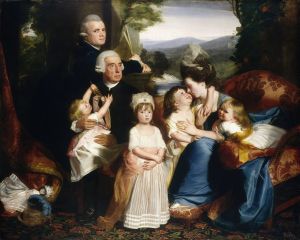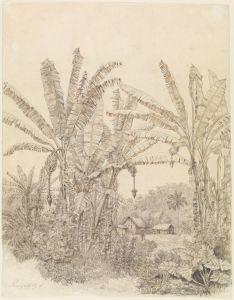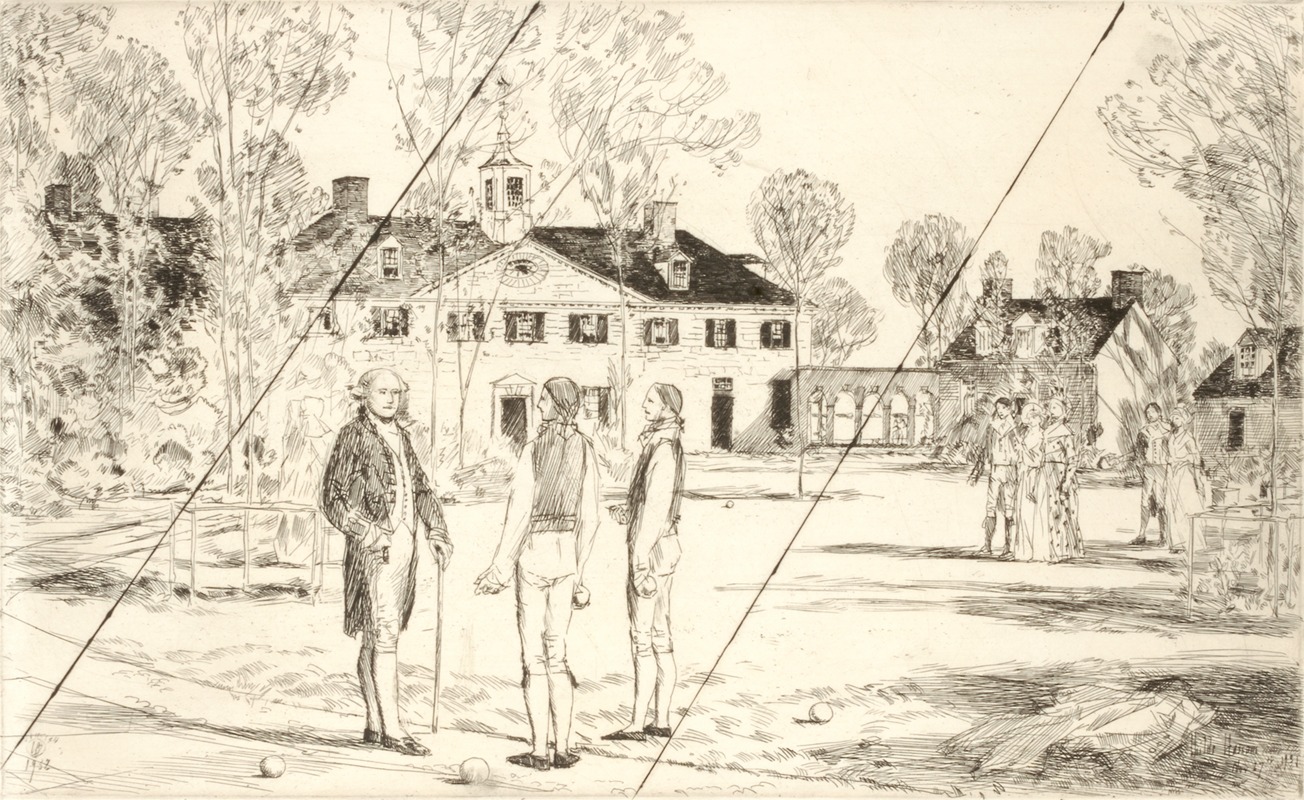
Washington at Mount Vernon
A hand-painted replica of Childe Hassam’s masterpiece Washington at Mount Vernon, meticulously crafted by professional artists to capture the true essence of the original. Each piece is created with museum-quality canvas and rare mineral pigments, carefully painted by experienced artists with delicate brushstrokes and rich, layered colors to perfectly recreate the texture of the original artwork. Unlike machine-printed reproductions, this hand-painted version brings the painting to life, infused with the artist’s emotions and skill in every stroke. Whether for personal collection or home decoration, it instantly elevates the artistic atmosphere of any space.
"Washington at Mount Vernon" is a painting by the American Impressionist artist Childe Hassam. Created in 1916, this artwork is part of Hassam's extensive oeuvre that captures American life and landscapes through the lens of Impressionism, a style characterized by loose brushwork and an emphasis on light and color.
Childe Hassam, born in 1859 in Dorchester, Massachusetts, was a prominent figure in the American Impressionist movement. He was a member of "The Ten," a group of American artists who banded together to exhibit their work independently of the traditional art institutions of the time. Hassam's work is known for its vibrant depiction of urban and rural scenes, often capturing the essence of American life in the late 19th and early 20th centuries.
"Washington at Mount Vernon" depicts the historic estate of George Washington, the first President of the United States. Mount Vernon, located in Fairfax County, Virginia, was Washington's plantation home and is now a museum dedicated to his life and legacy. The painting reflects Hassam's interest in American history and his ability to convey a sense of place and time through his art.
In this painting, Hassam employs his signature Impressionist style to render the landscape of Mount Vernon. The composition likely includes elements such as the mansion, gardens, and the surrounding natural scenery, all bathed in the soft, diffused light typical of Hassam's work. His use of color and light creates a serene and contemplative atmosphere, inviting viewers to appreciate the historical significance and beauty of the site.
Hassam's choice to depict Mount Vernon may have been influenced by the growing interest in American history and heritage during the early 20th century. This period saw a resurgence in the preservation of historic sites and a renewed appreciation for the nation's founding figures. By painting Mount Vernon, Hassam contributed to this cultural movement, celebrating the legacy of George Washington and the ideals he represented.
The painting is part of a broader body of work by Hassam that includes scenes of American landmarks and landscapes. His art often reflects a patriotic sentiment, particularly evident in his famous "Flag" series, which he began during World War I. These works, like "Washington at Mount Vernon," highlight Hassam's dedication to capturing the spirit of America through his Impressionist lens.
"Washington at Mount Vernon" is an example of Hassam's ability to blend historical subject matter with the stylistic elements of Impressionism. The painting serves as a testament to his skill in capturing the essence of American identity and history, making it a valuable piece within his artistic legacy. Today, Hassam's works are held in high regard and can be found in major museums and collections across the United States, where they continue to be appreciated for their beauty and historical significance.





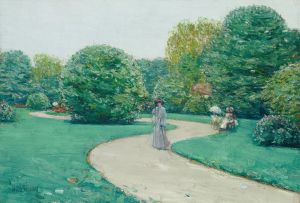
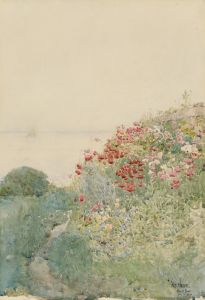

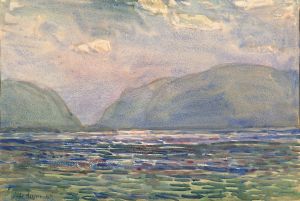

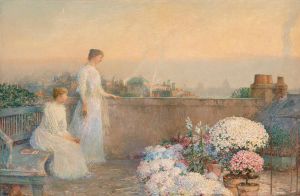
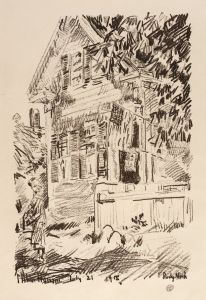
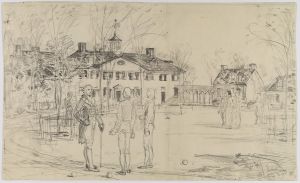
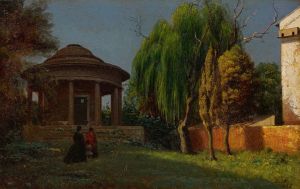
![Interior perspective drawings of Hotel Siwanoy, Mount Vernon, NY.] [Interior perspective, unidentified room in pink, vermillion, and black](/imgs/249371/s/winold-reiss-interior-perspective-drawings-of-hotel-siwanoy-mount-vernon-ny-interior-perspective-unidentified-room-in-pink-vermillion-and-black-69402656.jpg)
